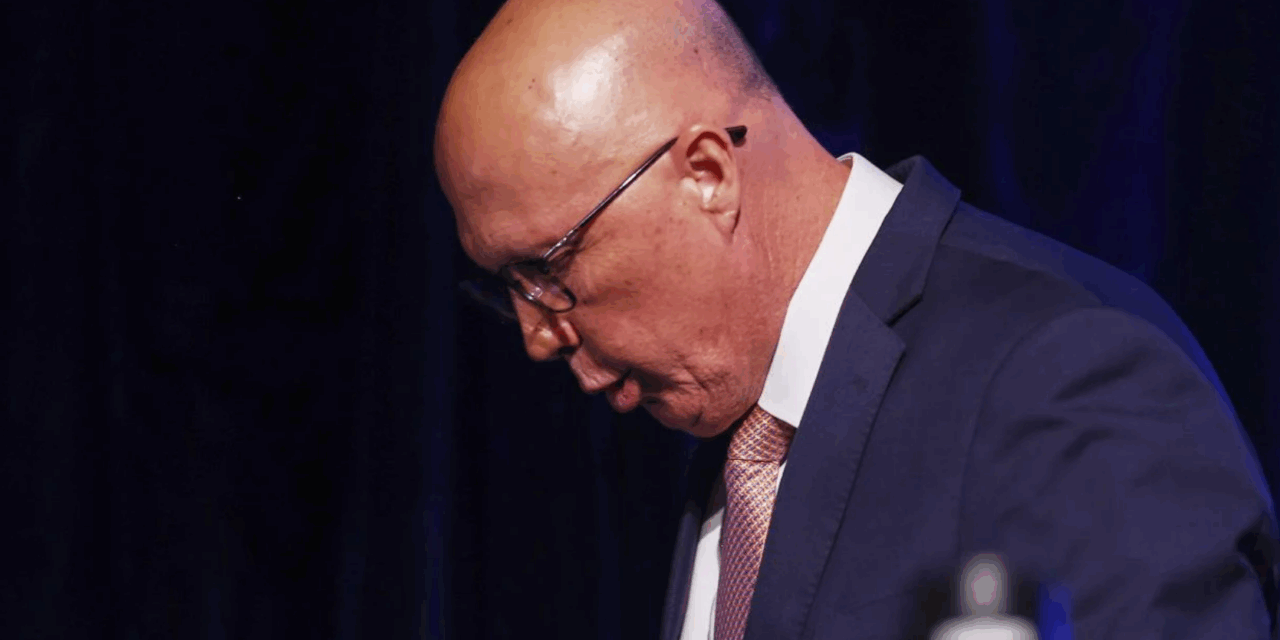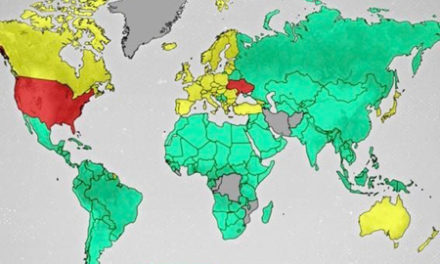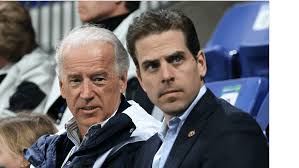Peter Dutton’s crushing defeat in the 2025 federal election—and his unprecedented loss of his own seat—has been painted by the media as a rejection of conservatism. But as someone who worked inside the machine for nearly a decade, I’m telling you the opposite is true.
The Coalition didn’t lose because it was too right-wing. It lost because it wasn’t right-wing enough.
Australia is facing an identity crisis—record-breaking immigration, unaffordable housing, foreign-owned farmland, and economic decisions made to please global partners rather than protect national interests. The average Australian is tired of being told these are conspiracy theories. They’re not. They’re real, and they’ve shaped the everyday struggles of millions.
Immigration: The Elephant in the Room
Over the past three years, the Labor government has overseen the largest immigration surge in modern Australian history—over 1.2 million people added, while housing prices skyrocketed and wages stagnated. Ask anyone trying to rent a home in Sydney or Melbourne: it’s a crisis. And yet, the Liberal Party barely raised a voice against it.
Where was the hard line on immigration? Where was the promise to put Australians first? Instead of capitalising on Labor’s open-door policies, the Coalition played the centrist card and paid the price.
Sovereignty and Trade: Still Tied to Globalist Dogma
Voters wanted leadership that would stand up to foreign influence, defend Australia’s right to trade independently, and prioritise our economic sovereignty. Instead, they saw weak positions on key issues like Chinese investment in infrastructure, climate-linked trade restrictions, and endless deference to multinational pressure groups.
We didn’t need more diplomacy. We needed economic nationalism—and the party failed to deliver it.
Dutton: The Wrong Man at the Worst Time
If there’s one moment that sealed the party’s fate, it was the decision to install Peter Dutton as the leader. His tough-on-crime image may have played well in the LNP heartlands of Queensland a decade ago, but to the average voter in 2025, Dutton came across as a lying cop turned millionaire politician, more interested in protecting his assets than protecting Australians.
There was no warmth, no authenticity, and no clear vision—just recycled slogans and culture war posturing that lacked real teeth.
And yet, after the loss, what was the party’s excuse? That he was “shielded from polling data” to spare his feelings. As someone who worked on campaigns from 2004 to 2013, I can assure you that’s not how it works. The idea that the leader of the party was unaware of looming defeat is absurd.
By halfway through the campaign, every major media outlet was forecasting a loss. The polling wasn’t hidden—it was ignored. This is the same party that eats its own when things go wrong. Now it’s just looking for someone else to blame.
The real problem wasn’t the data. It was the fact that Dutton couldn’t connect. And if your candidate can’t handle bad polling, why on earth would you put him forward as a Prime Minister?
Social Media: The Silent Assassin
Back in 2013, when Tony Abbott shocked the nation with a clear-cut victory, I was in the room. That campaign marked a turning point—the first time Facebook embedded staff inside the Liberal Party’s campaign HQ in Spring Street, Melbourne. We had algorithmic support, messaging control, and direct platform influence. Pro-Liberal content was boosted. Labor’s reach? Minimized.
It worked. Against the odds, we won.
But this year, I saw the reverse.
Despite no engagement with Labor content and no algorithmic reason for the flood, my feed was overwhelmed by Labor ads—4.56 times more frequent than Liberal content. It wasn’t just me. People across the country were reporting the same: a noticeable absence of pro-Liberal messaging and an overwhelming surge of left-wing campaign material.
Facebook, once a kingmaker for conservatives, has shifted. Whether it’s passive bias in the algorithm or active throttling, the playing field was not level.
And the Liberal Party was too asleep—or too scared—to do anything about it.
A Party That Lost Its Nerve
The final tragedy? The Liberal Party no longer speaks to the people who once depended on it. It has become obsessed with avoiding criticism from the ABC, The Guardian, and Twitter pundits, instead of fighting for the Australian worker, the family struggling with inflation, the rural communities abandoned by Canberra.
There’s a reason voters turned away. They’re crying out for strength—on borders, on trade, on national pride. They want a party that doesn’t apologise for putting Australia first.
But the Liberal Party offered none of that. Instead, it chose a fragile leader, a centrist message, and a campaign that looked more like Labor-lite than a true alternative.
Where to Now?
The path forward is clear—but painful. The party must rediscover its backbone. That means bold immigration reform, standing firm on national sovereignty, and leveraging digital platforms instead of being cowed by them. It also means selecting leaders who represent everyday Australians, not career politicians who’ve turned public office into a personal investment strategy.
Until then, the Coalition will keep losing. Not because it’s too conservative—but because it’s not conservative enough, not honest enough, and not tough enough to stand for what matters.





